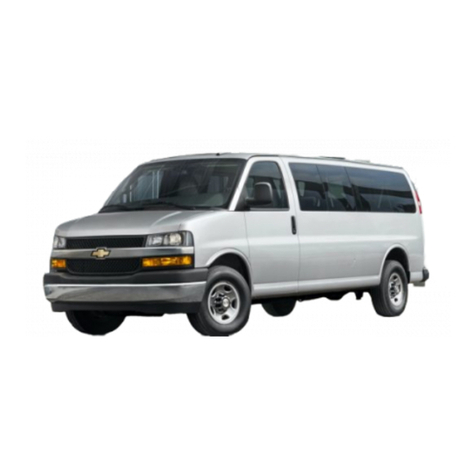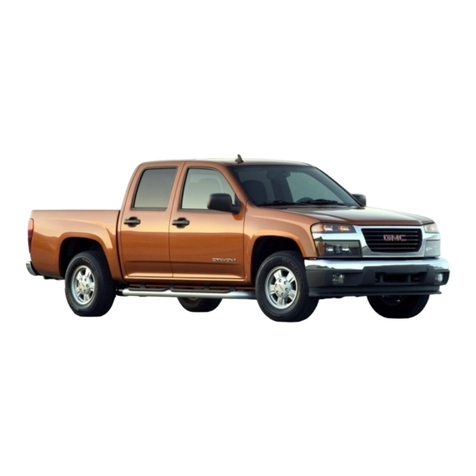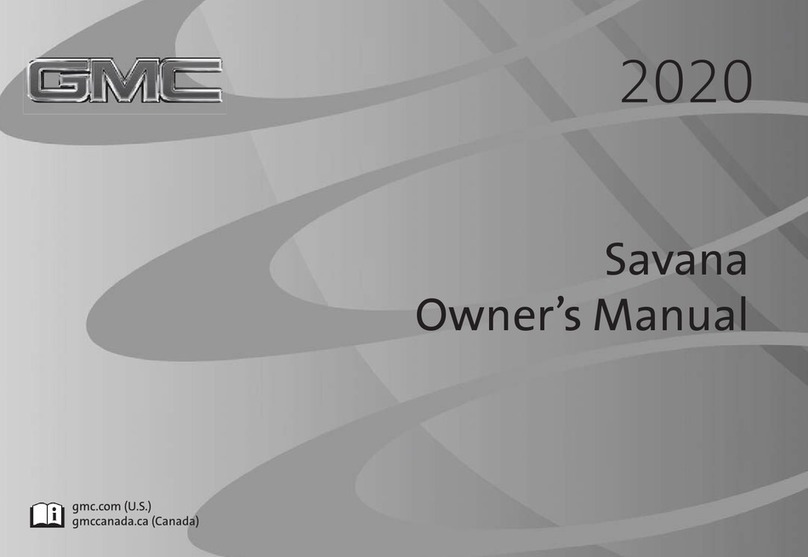GMC Sierra 2000 User manual
Other GMC Automobile manuals
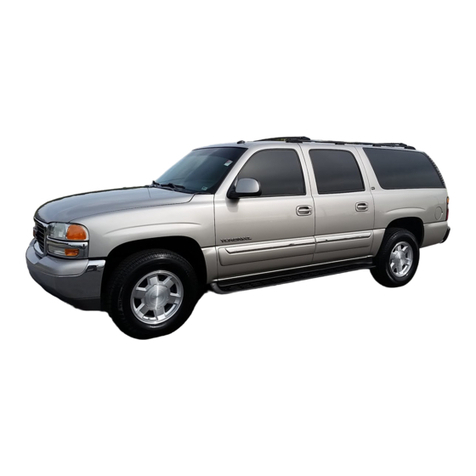
GMC
GMC 2004 Yukon XL User manual

GMC
GMC 2007 Sierra User manual

GMC
GMC Acadia Denali 2012 User manual
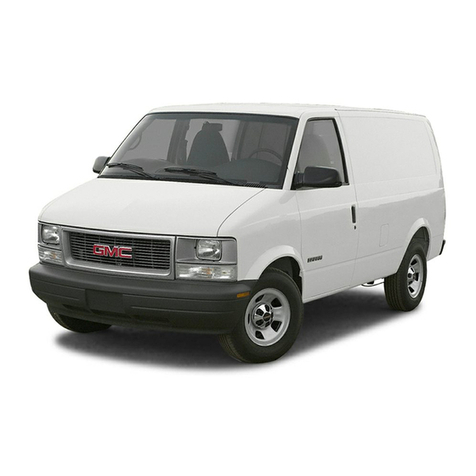
GMC
GMC 2004 safari User manual

GMC
GMC 2009 Acadia Assembly instructions

GMC
GMC 2000 Envoy User manual

GMC
GMC 1997 Suburban User manual

GMC
GMC SAVANA - BROCHURE 2011 User manual

GMC
GMC 2010 Canyon Crew Cab User manual

GMC
GMC Sierra 2016 Assembly instructions

GMC
GMC 2013 Yukon XL Denali User manual
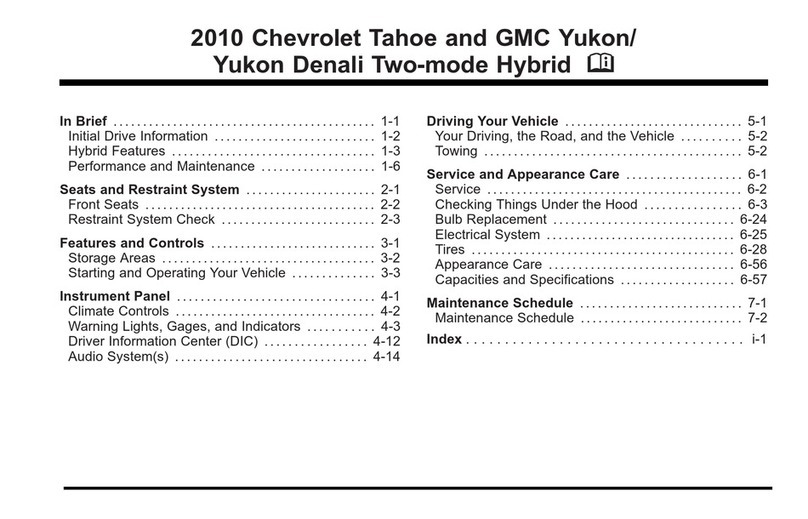
GMC
GMC 2010 Tahoe User manual
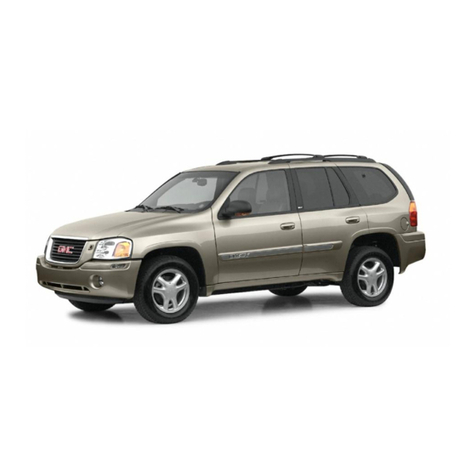
GMC
GMC 2001 Jimmy User manual

GMC
GMC Hybrid 2006 User manual

GMC
GMC 1999 Envoy User manual
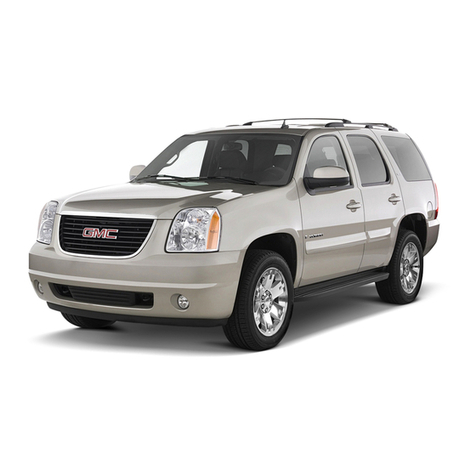
GMC
GMC 2011 Yukon Denali User manual

GMC
GMC 2018 CANYON Assembly instructions

GMC
GMC Sierra Denali 1500 2023 User manual

GMC
GMC 2015 Sierra Denali HD User manual
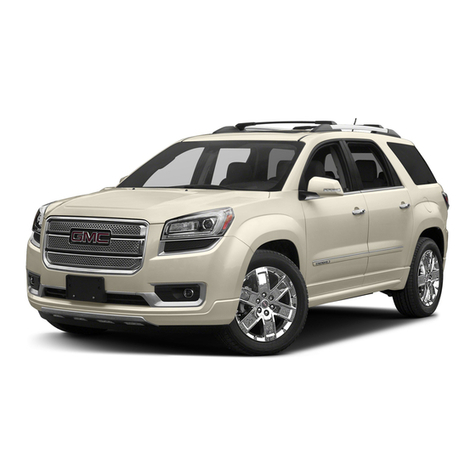
GMC
GMC 2016 Acadia User manual

